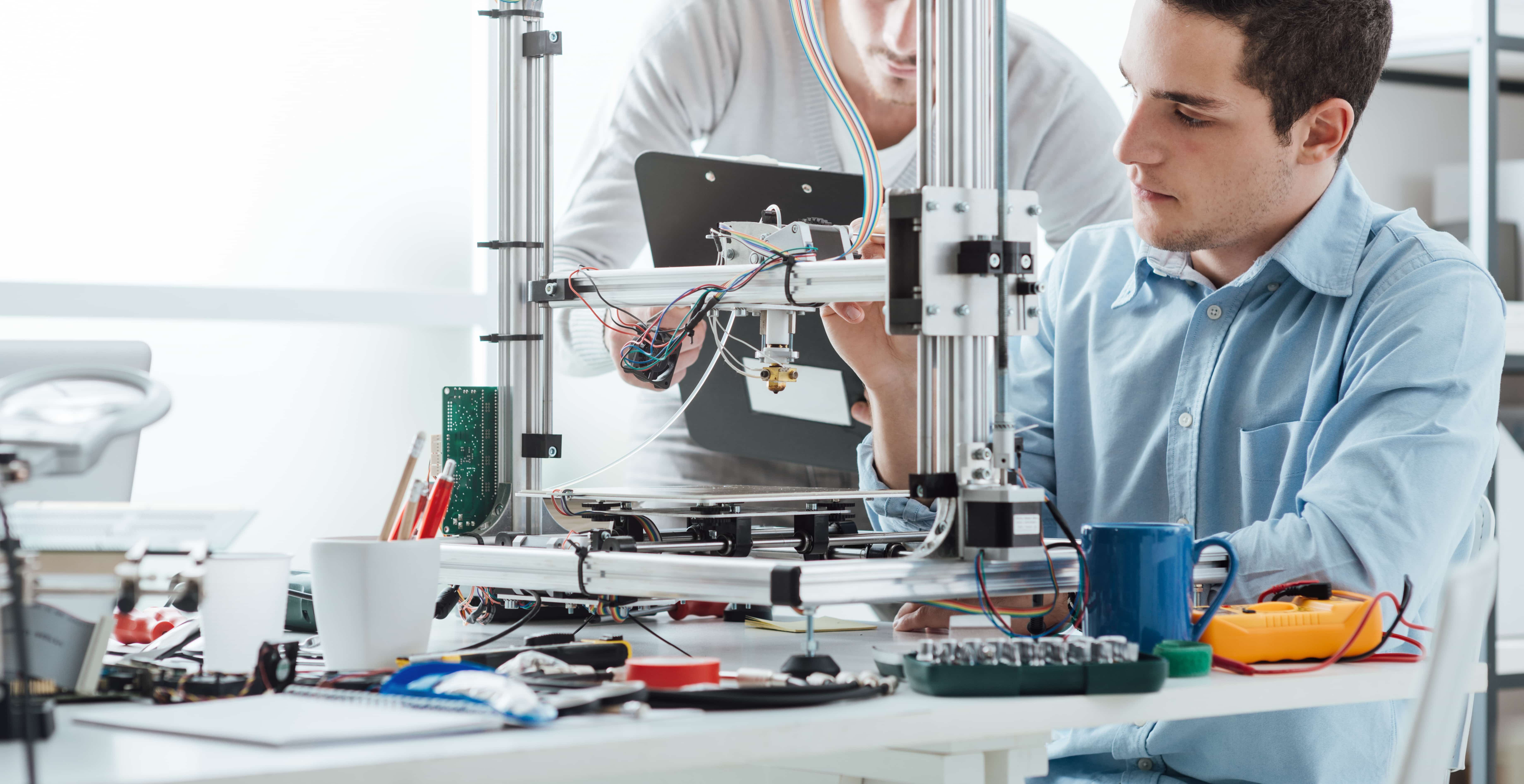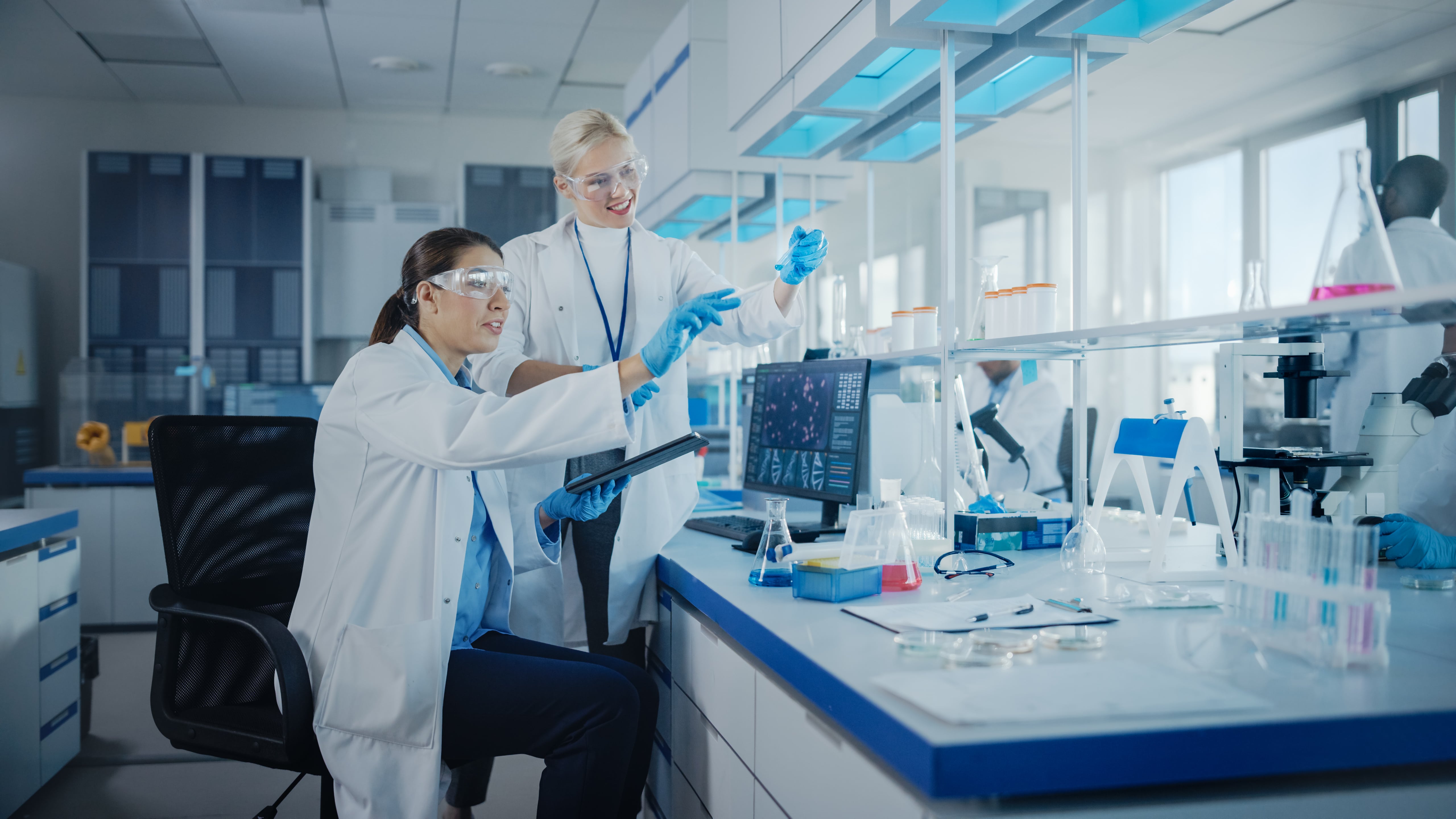Research laboratories important in advancing scientific knowledge and technological innovation. Whether you're a scientist, a university, or a private organization, building a well-equipped and functional research laboratory is essential for conducting experiments, analyzing data, and making groundbreaking discoveries. In this article, we will provide a step-by-step guide on how to build research laboratories that meet high standards of safety, efficiency, and productivity.
Planning and Design
1.1 Identifying Research Objectives
Before constructing a research laboratory, it is crucial to clearly define the research objectives. Determine the scientific disciplines, experiments, and investigations that will be conducted in the laboratory. This clarity will guide the design process and ensure that the facility meets the specific needs of the research being conducted.
1.2 Determining Laboratory Size and Layout
Once the research objectives are established, assess the required space for the laboratory. Consider factors such as the number of researchers, equipment, storage needs, and future growth. Efficiently organize the laboratory layout, taking into account safety regulations and the flow of work.
1.3 Ensuring Safety and Compliance
Safety is paramount in a research laboratory. Incorporate safety measures into the design, including emergency exits, fire suppression systems, and protective equipment. Ensure compliance with local, national, and international safety regulations, such as those set by the Occupational Safety and Health Administration (OSHA) or relevant governing bodies.

Infrastructure and Equipment
2.1 Procuring Essential Laboratory Equipment
Equip the laboratory with essential instruments and tools needed for the research activities. Collaborate with scientists and experts in the field to identify the necessary laboratory equipment, such as microscopes, centrifuges, spectrophotometers, and specialized apparatus. Consider factors such as quality, durability, and compatibility
2.2 Establishing Basic Infrastructure
Creating a solid infrastructure is crucial for the smooth functioning of a research laboratory. Ensure the availability of basic amenities such as water supply, electricity, and HVAC systems. Install appropriate lighting fixtures and electrical outlets to meet the laboratory's needs. Consider the installation of backup power sources to avoid disruptions during power outages.
2.3 Implementing Advanced Technological Systems
Incorporate advanced technological systems to enhance the capabilities of the research laboratory. This may include specialized imaging systems, automated sample handling, robotics, or high-performance computing clusters. Collaborate with experts in the field to identify the most suitable technologies that align with your research goals and budget.
Safety Measures
3.1 Creating a Comprehensive Safety Plan
Develop a comprehensive safety plan that covers all aspects of laboratory operations. Identify potential hazards and risks associated with the research activities. Implement protocols for handling hazardous materials, waste disposal, and emergency response. Regularly update the safety plan to address new challenges and comply with changing regulations.
3.2 Training Personnel on Safety Protocols
Ensure that all personnel working in the research laboratory receive appropriate safety training. Educate them on the safe handling of chemicals, equipment operation, emergency procedures, and personal protective equipment (PPE) usage. Conduct regular safety drills to reinforce the training and familiarize personnel with emergency protocols.
3.3 Regular Maintenance and Inspections
Establish a regular maintenance schedule to ensure the proper functioning of equipment and infrastructure. Conduct routine inspections to identify and address potential safety hazards. Keep accurate records of maintenance activities and inspections for regulatory compliance and safety audits.

Environmental Control
4.1 Managing Temperature and Humidity
Maintaining precise temperature and humidity levels is essential for many research applications. Install temperature control systems, such as HVAC units or environmental chambers, to provide a stable and controlled environment for experiments and sample storage. Monitor and adjust these parameters regularly to ensure consistency.
4.2 Controlling Ventilation and Air Quality
Proper ventilation is crucial for maintaining a healthy and safe working environment. Install appropriate ventilation systems to control airborne contaminants and odors. Consider the use of fume hoods, laminar flow cabinets, and air filtration systems to minimize exposure to hazardous substances.
4.3 Addressing Noise and Vibration Issues
Excessive noise and vibrations can interfere with sensitive experiments and affect the well-being of researchers. Implement measures to reduce noise levels, such as soundproofing walls or using acoustic panels. Mitigate vibrations caused by equipment or nearby sources to ensure accurate and reliable results.
Data Management and Analysis
5.1 Establishing a Robust Data Management System
Effective data management is crucial for research laboratories. Implement a robust system for data organization, storage, and backup. Consider using electronic lab notebooks (ELNs) or laboratory information management systems (LIMS) to streamline data entry, retrieval, and collaboration among researchers.
5.2 Utilizing Laboratory Information Management Systems (LIMS)
LIMS software provides comprehensive data management capabilities, including sample tracking, experiment documentation, and result analysis. Choose a LIMS that suits the specific needs of your research laboratory and integrates well with other software and instruments used.
5.3 Implementing Statistical Analysis Tools
Statistical analysis is an integral part of scientific research. Equip the laboratory with software tools for data analysis, visualization, and statistical modeling. Train researchers on the use of these tools to ensure accurate interpretation and meaningful insights from the collected data.
Collaboration and Communication
6.1 Designing Collaborative Spaces
Promote collaboration and interdisciplinary interaction by creating designated spaces within the research laboratory. Design shared work areas, meeting rooms, or breakout spaces where researchers can exchange ideas and engage in discussions. These spaces foster creativity, knowledge sharing, and collaboration among researchers from different disciplines.
6.2 Installing Communication Technologies
Facilitate effective communication within the research laboratory by installing appropriate communication technologies. This may include video conferencing systems, project management tools, and instant messaging platforms. Encourage the use of these technologies to promote seamless communication and collaboration among researchers, even if they are geographically dispersed.
6.3 Promoting Interdisciplinary Interaction
Encourage interdisciplinary interaction by organizing seminars, workshops, and conferences within the research laboratory. Invite experts from various fields to share their knowledge and insights. Foster an environment that values diverse perspectives and encourages cross-disciplinary collaborations, leading to innovative research outcomes.
Funding and Resources
7.1 Seeking Funding Opportunities
Building and maintaining a research laboratory requires adequate funding. Actively seek funding opportunities from government agencies, foundations, and private organizations that support scientific research. Develop compelling grant proposals that clearly outline the research objectives, potential impact, and the resources required.
7.2 Partnering with Industry and Academia
Forge partnerships with industry and academia to access additional resources and expertise. Collaborate with companies that can provide funding, equipment, or access to specialized technologies. Establish partnerships with universities and research institutions to leverage their knowledge and facilities.
7.3 Optimizing Resource Allocation
Efficiently allocate resources within the research laboratory to maximize productivity and minimize waste. Regularly assess the utilization of equipment, consumables, and personnel. Optimize workflows and implement resource management strategies to ensure resources are allocated effectively based on the research priorities.
Regulatory Compliance
8.1 Adhering to Government Regulations
Comply with government regulations related to research laboratory operations. Familiarize yourself with local, national, and international regulations governing areas such as safety, ethics, biohazard handling, and animal research. Stay updated with any changes to ensure ongoing compliance.
8.2 Obtaining Necessary Permits and Certifications
Obtain the necessary permits and certifications required for specific research activities. This may include permits for handling controlled substances, working with genetically modified organisms, or conducting clinical trials. Ensure all researchers and staff members are aware of the permit requirements and adhere to the associated protocols.
8.3 Following Ethical Guidelines
Ethical considerations are paramount in research. Follow ethical guidelines and principles established by relevant governing bodies and institutions. This includes obtaining informed consent, ensuring the welfare of research subjects, and maintaining confidentiality of sensitive data. Foster a culture of ethical conduct and promote responsible research practices within the laboratory.
Types of research laboratories
There are various types of research laboratories that cater to different scientific disciplines and research objectives. Here are some common types:
- Biomedical Research Laboratory: These laboratories focus on studying diseases, genetics, pharmaceuticals, and medical advancements. They often conduct experiments on cells, tissues, and animal models to develop new treatments and therapies.
- Chemical Research Laboratory: These laboratories are dedicated to studying the properties, reactions, and synthesis of chemicals. They may focus on areas such as organic chemistry, inorganic chemistry, analytical chemistry, or materials science.
- Environmental Research Laboratory: These laboratories investigate the impact of human activities on the environment, study climate change, analyze air and water quality, and assess ecosystem health. They play a crucial role in developing sustainable practices and conservation efforts.
- Physics Research Laboratory: These laboratories delve into various branches of physics, including astrophysics, particle physics, condensed matter physics, and optics. They conduct experiments to better understand the fundamental laws of the universe.
- Engineering Research Laboratory: These laboratories specialize in engineering disciplines such as mechanical, electrical, civil, or chemical engineering. They focus on developing innovative technologies, improving infrastructure, and solving engineering challenges.
- Agricultural Research Laboratory: These laboratories conduct research related to agriculture, crop science, livestock management, and sustainable farming practices. They aim to enhance agricultural productivity, develop disease-resistant crops, and improve food security.
- Computer Science Research Laboratory: These laboratories focus on computer science and information technology. They conduct research in areas such as artificial intelligence, machine learning, data analysis, cybersecurity, and software development.
- Social Science Research Laboratory: These laboratories conduct research on human behavior, society, and culture. They may explore fields such as psychology, sociology, anthropology, economics, or political science, using various research methods and data analysis techniques.
- Energy Research Laboratory: These laboratories are dedicated to studying renewable energy sources, energy efficiency, and sustainable energy solutions. They work towards developing cleaner and more efficient energy systems.
- Nanotechnology Research Laboratory: These laboratories focus on manipulating and studying materials at the nanoscale. They contribute to advancements in fields such as electronics, medicine, energy, and materials science.